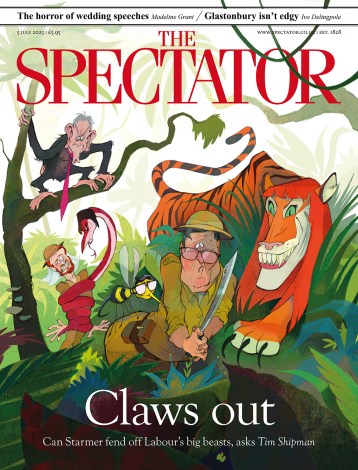The story of Robert the Bruce runs from the death of Alexander III of Scotland in 1286 to Robert’s own death in 1329, aged 54. His extraordinary achievement was to fend off both rivals at home and formidable English enemies to firmly establish his country’s independence.
In 1292, John Balliol had been proclaimed King of Scots, with the full support of Edward I, to whom he formally paid homage. Four years later he was forced to resign his kingdom to Edward, and his own claim to it was doomed, though it survived for a few more years. Bruce, with his rare tactical skills, saw off the Balliols, father and son, and eventually by 1328, after 22 years of campaigning, regained full recognition of his crown — despite having been excommunicated by the Pope for the murder of his rival, the ‘Red Comyn’, in a church in Dumfries. After ‘slaughter, disasters, crimes, destruction of churches and evils innumerable’, the country once again became ‘whole, free and undisturbed in perpetuity’.
Edward II, who succeeded his father in 1307, pursued untiring and often successful warfare throughout the north of England until forced to abdicate in 1327 as a result of the war with France — his wife being the sister of the French king. Throughout that period, Bruce perfected a cunning system of guerrilla warfare: though Edward’s forces were generally more numerous, they were hindered by having much longer, vulnerable lines of supply. Time and again, Bruce and his men would retire into trackless bogs, forests and steep hills, leaving the English exposed to harassment.
The first few years of Bruce’s reign (he succeeded in 1306) consisted of countless raids and counter-raids, one campaign taking the Scots close to York in the east and far into Cumberland in the west. There were many atrocities. The capture of Berwick by the English was so bloodthirsty that bodies ‘fell like autumn leaves’. And when John Comyn, Earl of Buchan seized Hexham he burnt down a school with a large number of children inside. But Bruce had the sense when taking important prisoners to treat them well, thereby encouraging other notables to surrender — and to pay a rich ransom — rather than risk a savage death.
The most important event in all this toing and froing was undoubtedly Bruce’s stunning victory in 1314 at Bannockburn, outside Stirling, with a much smaller army than Edward’s. The fighting was fierce and chaotic, and is well brought to life in a near contemporary illustration from the Holkham Bible (above). A few months earlier, the Earl of Moray had captured Edinburgh Castle from the English, and Robert Bruce’s brother Edward succeeded in taking Carrickfergus Castle in Co. Antrim and being crowned one of the high Kings of Ireland, thus creating a serious threat to England’s western flank.
Stephen Spinks’s final chapter, ‘Aftermath’, is in some ways his best, though he shows great patience in unravelling the endless sequence of plots and counter-plots that have gone before. Overcoming many obstacles and challenges, Bruce triumphed in the end — and unlike most leading players at the time, he died in his bed.




Comments